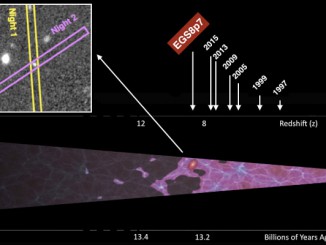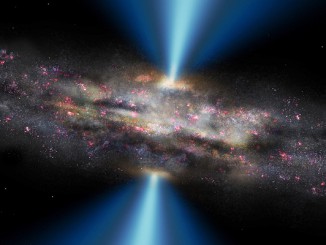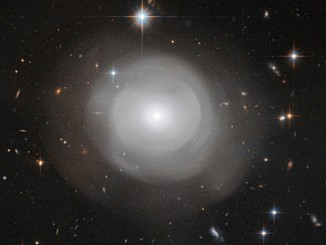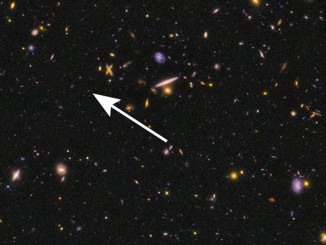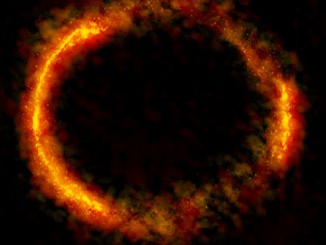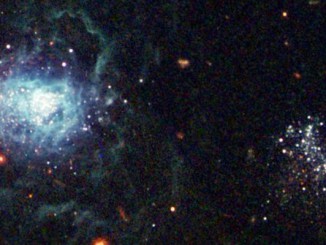
Hubble reveals galaxy gas flow and star birth regulated by black-hole jets
Astronomers have uncovered a unique process for how the universe’s largest elliptical galaxies continue making stars long after their peak years of star birth. NASA’s Hubble Space Telescope revealed brilliant knots and chains of hot, blue stars forming along the jets of active black holes found in the centres of giant elliptical galaxies.

